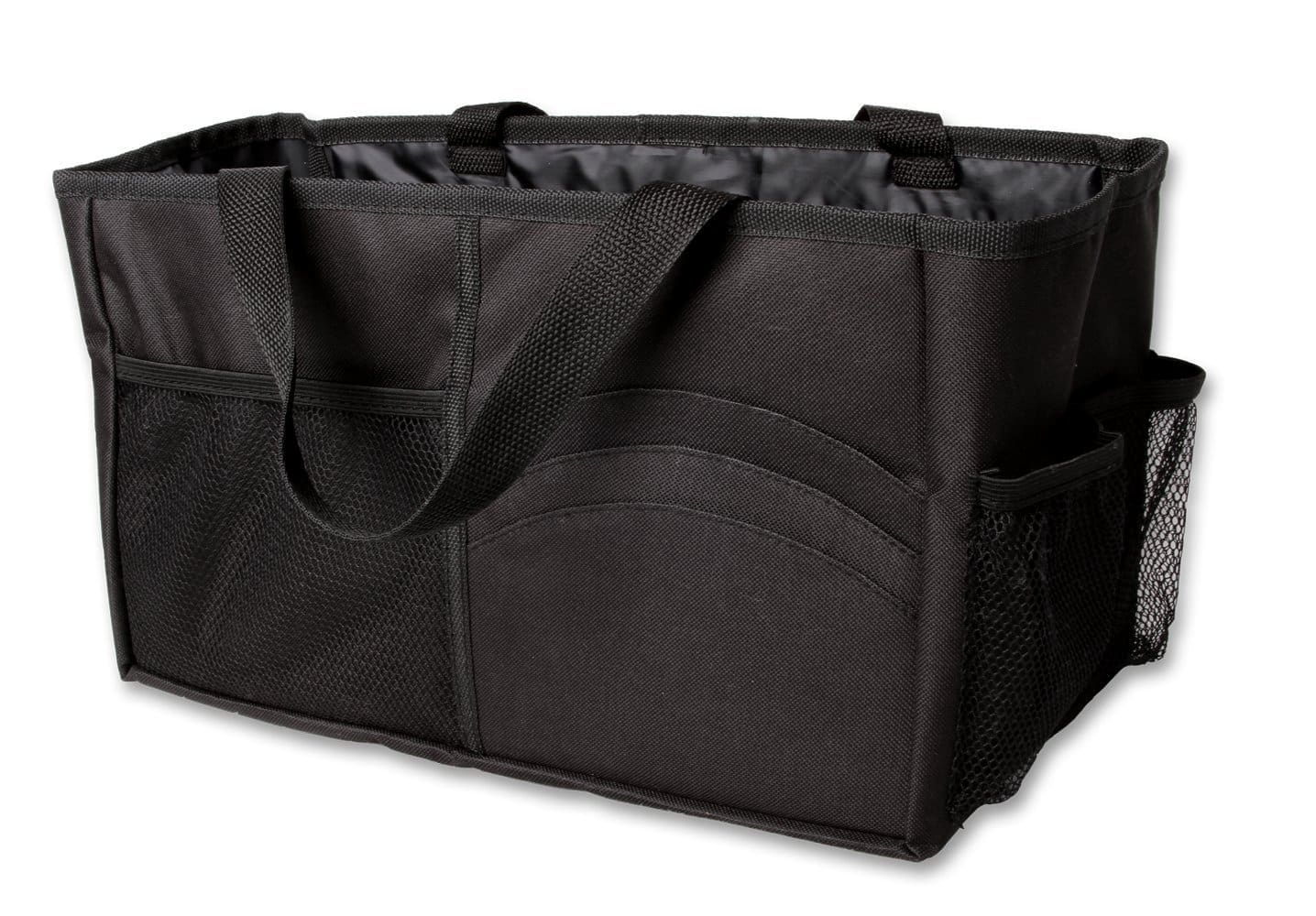The Difference Between Picking, Bumping, and Breaking Locks!
 The nuances and quirks of lock picking are what make this pastime an alluring enterprise for novices and professionals alike. Every new lock presents a unique puzzle and thus pushes lovers of the craft towards harnessing their skills into expert proficiency. Getting your feet wet in this genre can seem daunting and bottomless. A good foundation for knowledge in this arena often starts with understanding the different types of lock manipulation, from there you can further your study and practice.
The nuances and quirks of lock picking are what make this pastime an alluring enterprise for novices and professionals alike. Every new lock presents a unique puzzle and thus pushes lovers of the craft towards harnessing their skills into expert proficiency. Getting your feet wet in this genre can seem daunting and bottomless. A good foundation for knowledge in this arena often starts with understanding the different types of lock manipulation, from there you can further your study and practice.
What is lock picking?
Lock picking is the manipulation and maneuvering of the pins within a lock without the help of a key. This is a style many people will be familiar with, likely having seen it done at least once. Regular objects can be used to do this (paper clips, bobby pins, etc.) or you can use tools specifically designed for the task. Once each pin is nudged into the correct location, the drum is released and the lock can be turned as if the key was in place. This realm of the art is perhaps the most difficult to master, but also the most satisfying and skill oriented.
What is lock bumping?
Lock bumping and lock picking are similar in that they deal with pin manipulation. However, bumping doesn’t use picks or tools, but rather uses bump keys. You may be more familiar with skeleton keys. A good bump/skeleton key is supposed to be a universal fit for whatever lock it is put into.
There are a few things to consider if practicing bumping style lock manipulation. Often times the skeleton key you purchase is for a specific maker of lock. Be leery of keys that offer universal power, there is no such thing in bumping. You will likely need to invest in a set of bump keys in order to accommodate the different locks you will encounter. Also, look for bump keys that are shoulderless, but still have dampeners. All of these are attributes that will ensure you end up with quality bump keys.
What is lock breaking?
Lock breaking utilizes the least amount of skill, but still has use in developing the knowledge of a lock craftsmen. To break a lock is to take a drill, screwdriver, or any similar tool to damage the integrity of the lock. By compromising the main structural mechanisms, the locking portion is released.
Skill in lock breaking still demands education on the structure of locks. This is critical because you need to know where the best place is to initiate the damaging blow so as not to damage the other components of the lock unnecessarily.
The study of lock manipulation is a worthwhile pastime for millions. Whether for fun, work, or general interest, it’s a versatile craft with many facets and off-shoots. Each person is sure to find their niche be that within picking, bumping, breaking, or all of the above.



